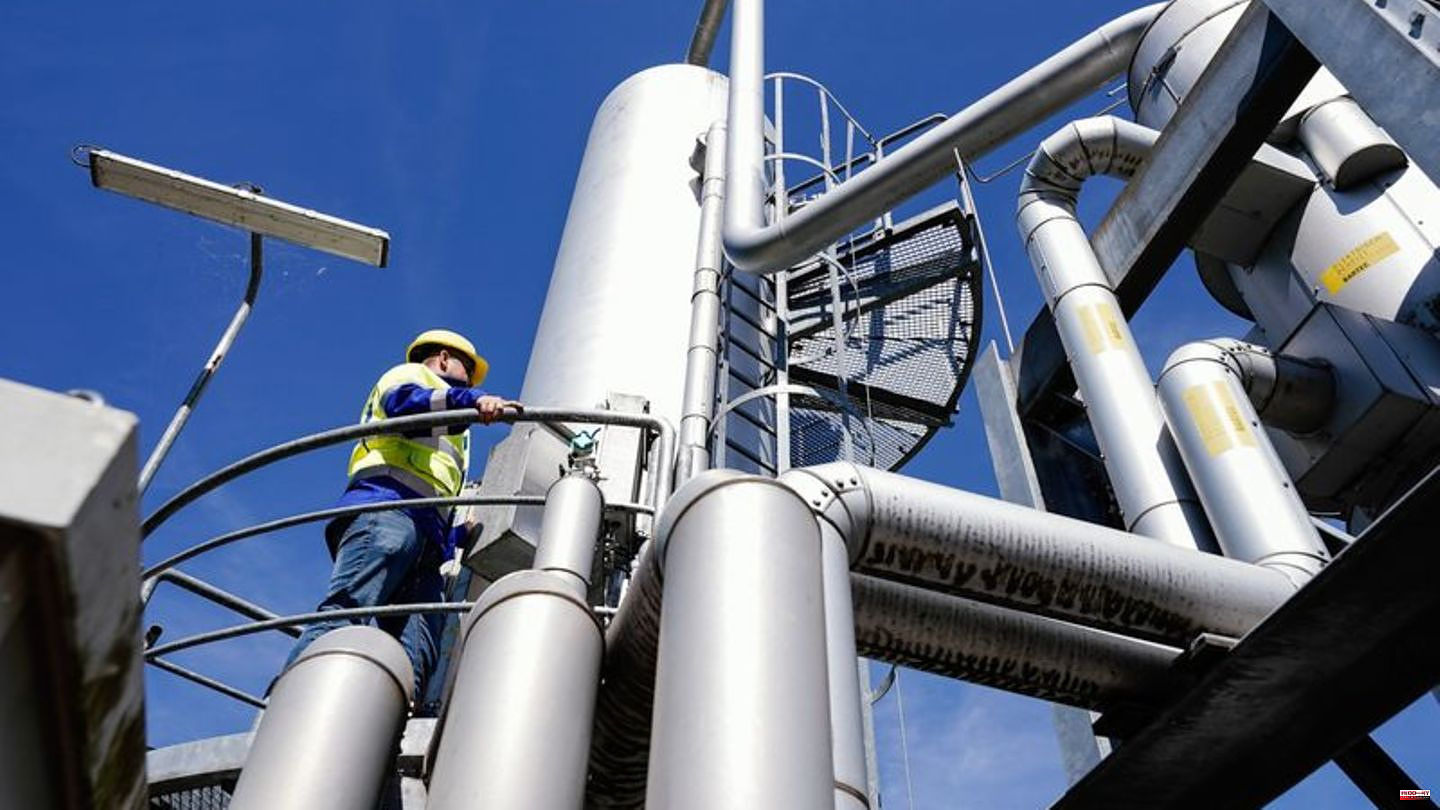Despite a total filling level of over 91.5 percent, the gas storage association is skeptical as to whether the storage target of 95 percent by November 1st will be achieved.
"Increasing gas consumption due to falling temperatures is increasingly reducing the storage options," said Sebastian Bleschke, Managing Director of the Storage Association Initiative Energies Storage (Ines), the German Press Agency. According to the Energy Industry Act, German storage facilities must be 85 percent full on October 1st. The total fill level had already reached this mark on September 2nd. "Very low consumption by industrial customers over the past few weeks and months has certainly made a significant contribution to this."
Bleschke said that for the Rehden storage facilities in Lower Saxony and Wolfersberg in Bavaria, it is foreseeable that neither 85 nor 95 percent could be achieved due to the technical possibilities for storage. "In order to ensure higher fill levels, THE, as the sole user of this storage facility, should have made greater use of the technical storage options provided in the past few months." Rehden is the largest German storage facility. On Tuesday it was 76 percent full. In addition to Wolfersberg, three smaller storage facilities were below 85 percent on Tuesday. The Trading Hub Europe (THE) is responsible for the gas market organization as a joint venture of the German long-distance gas pipeline network operators.
The storage facilities compensate for fluctuations in gas consumption and thus form a buffer system for the market. They are usually well filled when the heating season begins in autumn. The filling levels then decrease until spring.
Are the reserves sufficient for the winter?
For Bleschke, the overall high filling levels do not yet mean the all-clear for the winter. "Due to the still greatly reduced import possibilities for gas, it must be assumed that the gas storage facilities will be used earlier than usual and much more for supply in winter." Whether the reserves are sufficient will depend heavily on the extent to which private households reduce their consumption and liquefied gas can be imported. "This ultimately also stands or falls the possibility of being able to meet the fill level specification of 40 percent on February 1, 2023."
The President of the Federal Network Agency, Klaus Müller, emphasized the importance of the 40 percent target. "Firstly, it can still get very cold in February and March and secondly, the storage tanks have to be refilled for the winter of 2023/2024," said Müller when asked by the dpa. "That can be more difficult in view of the lack of Russian gas volumes, which helped us a lot with filling the storage tanks this summer."
Since September 1, Russia has stopped supplying gas to Germany. Germany currently receives gas via pipelines from Norway, the Netherlands and Belgium. Deliveries from France are expected to arrive in October. At the turn of the year, three terminals for landing liquefied natural gas (LNG) are to be put into operation on the North and Baltic Seas.









